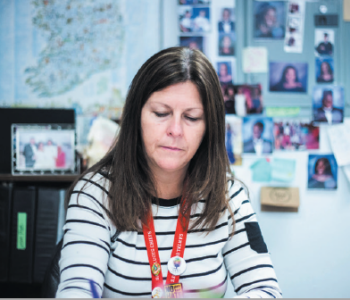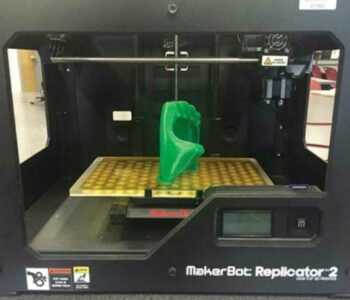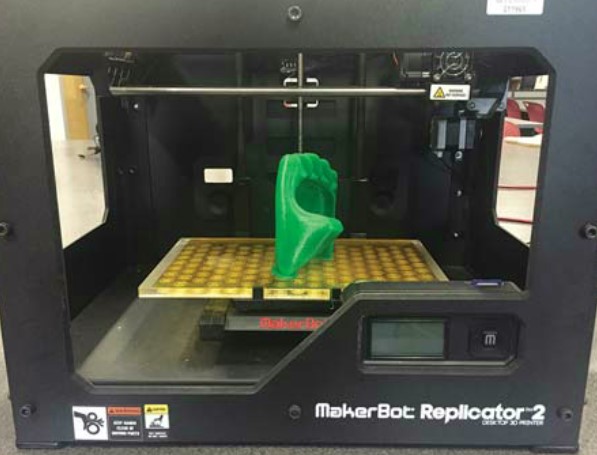 Uncategorized
Uncategorized
Embracing Technology in Education: Insights from Steven Foxworth
Embracing Technology in Education: Insights from Steven Foxworth

In an age where technology permeates every aspect of our lives, its role in education has become increasingly significant. Steven Foxworth, a seasoned technology teacher, recently shared his thoughts on how technology can transform the educational landscape. Drawing inspiration from an insightful article titled “The Importance of Play in Promoting Healthy Child Development and Maintaining Strong Parent-Child Bonds” by David F. Murphey and Vanessa Sacks, Foxworth explores how educators can effectively integrate technology into their teaching practices while maintaining a balanced approach.
The Interplay of Technology and Play
Murphey and Sacks’s article emphasizes the crucial role that play has in child development. It highlights how play enhances cognitive growth, social skills, and emotional well-being. Foxworth sees a powerful connection between these principles and the integration of technology in education. He believes that technology, when used appropriately, can complement traditional play by offering new, engaging avenues for exploration and learning.
“Technology should be a tool that enhances learning experiences rather than replaces traditional methods,” Foxworth explains. “We need to ensure that technology supports, rather than supplants, the developmental benefits that come from play.”
Creating a Balanced Educational Environment
Incorporating technology into the classroom requires a careful balance. Foxworth suggests educators should strive to create an environment where technology and traditional play coexist harmoniously. This involves using technology to enrich lessons and stimulate creativity while ensuring students still have ample opportunity for unstructured play and face-to-face interactions.
Foxworth points out, “We can use technology to simulate real-world scenarios, allowing students to experiment and learn in ways that were previously impossible. At the same time, we must recognize that some of the most valuable skills—like empathy and teamwork—are best developed through direct human interaction.”
Practical Applications in the Classroom
Foxworth offers several practical strategies for teachers looking to integrate technology effectively:
-
Interactive Learning Platforms: Utilize digital tools that promote active learning and collaboration, such as interactive simulations and online discussion boards.
-
Gamified Learning: Incorporate educational games that challenge students to solve problems and think critically while keeping them engaged.
-
Project-Based Learning: Encourage students to use technology as a resource for research and project development, fostering creativity and innovation.
-
Digital Citizenship Education: Teach students about responsible technology use, including internet safety and ethical considerations.
By employing these strategies, educators can harness the potential of technology to enrich the educational experience without losing sight of the developmental benefits of traditional play.
Conclusion
Steven Foxworth’s perspective on technology in education highlights the importance of a balanced approach. By drawing on insights from Murphey and Sacks’s article, he underscores the need for educators to thoughtfully integrate technology while preserving the essential elements of play. As technology continues to evolve, educators have a unique opportunity to shape the future of learning in ways that promote holistic development and prepare students for the complexities of the modern world.
ref: https://www.aft.org/ae/summer2019/murphey_sacks








